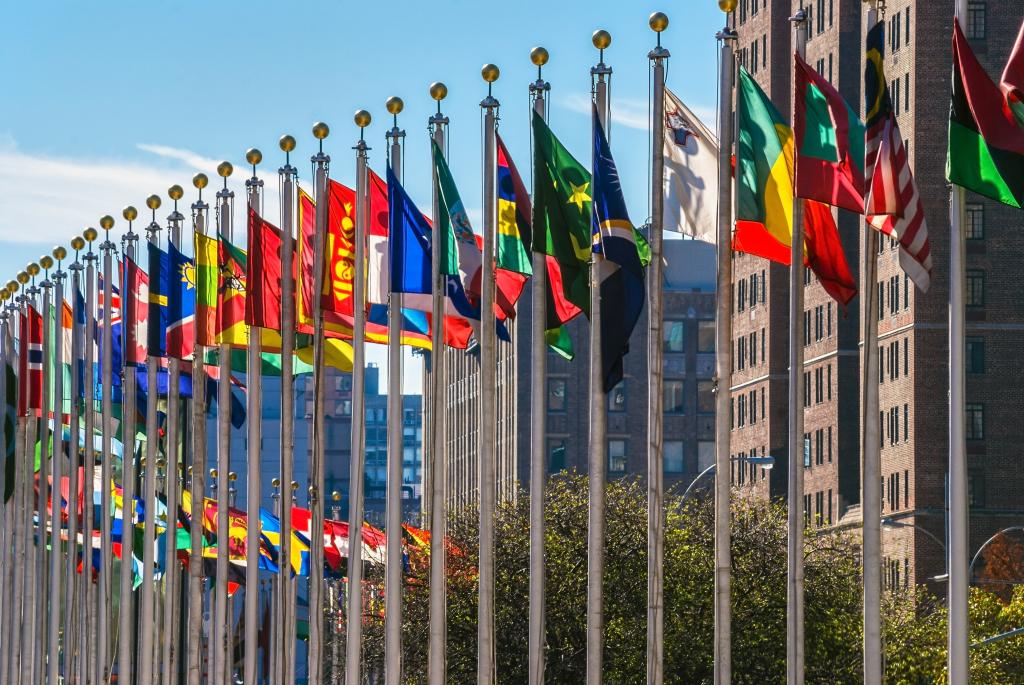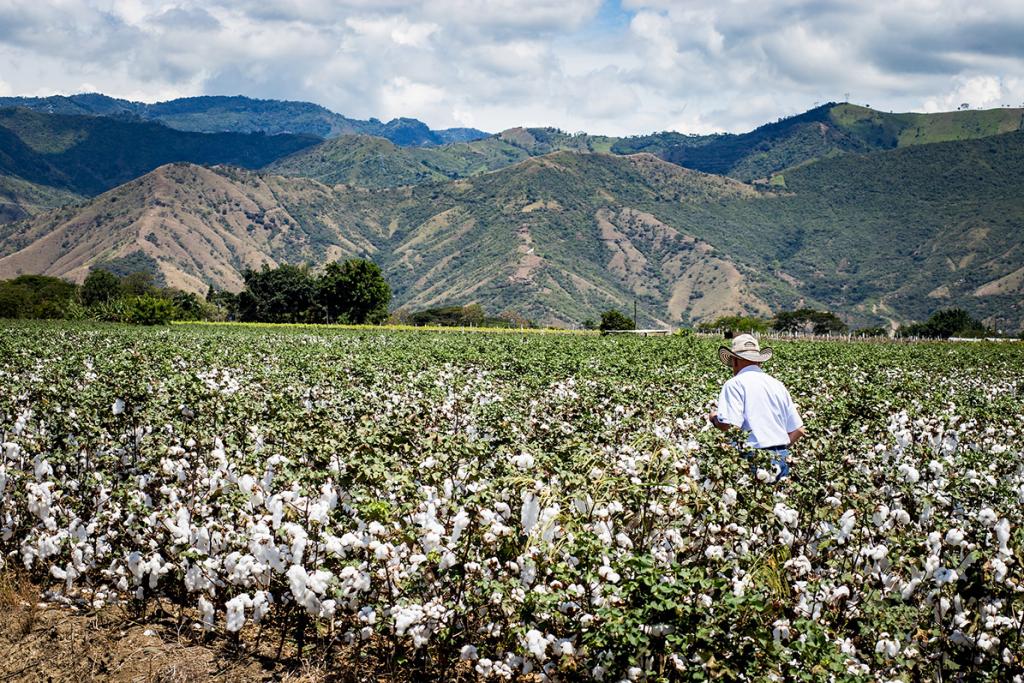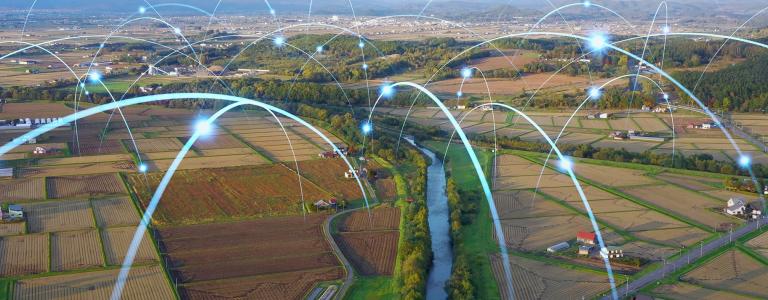Connecting the Dots for Sustainable Supply Chains: Voluntary sustainability standards and SDG 17
To achieve the UN Sustainable Development Goals as a global community, we need more coordinated and coherent supply chains. Are voluntary sustainability standards the answer?
Voluntary sustainability standards (VSSs) are well placed for helping achieve the UN Sustainable Development Goals (SDGs), as they encourage multistakeholder collaboration to address some of the world’s most critical sustainability challenges.
VSSs are voluntary schemes that guide producers to use more sustainable practices in exchange for a seal and assurance of standards-compliant production. They gained prominence after the Rio Conference in 1992 as they were viewed as a means to mobilize supply chain stakeholders to address sustainability challenges in various commodity sectors.
“Creating a better world requires teamwork, partnerships, and collaboration”
Fast forward more than two decades to 2015, and the SDGs were embraced by the global community. Comprised of 17 global goals, the SDGs aim to engage and orient all segments of the global community—governments, civil society, and the private sector—toward achieving common development objectives.
Goal 17, which seeks to “strengthen the means of implementation and revitalize the global partnership for sustainable development,” underpins all the others. It promotes the establishment of multistakeholder partnerships, resource sharing, technology transfer, capacity building, policy and institutional coherence, measuring and assessment systems, and more equitable trade regimes.
This reflects one of the distinguishing features of the SDGs: to encourage inclusivity and collaboration. The complex challenges we face today—such as addressing climate change, reaching gender equality, and reversing biodiversity losses—are such that we need “all hands on deck” to find effective solutions that will move us toward a more sustainable future.

VSSs embody the spirit of SDG 17, given that they are grounded in multistakeholder partnerships that aim to enable more sustainable production practices within commodity supply chains. Often made up of private sector, civil society, and non-government entities, VSSs are connecting stakeholders representing all parts of a supply chain. As such, they help facilitate conversations and develop solutions to sustainability challenges.
Examples of this work include resource sharing to reduce VSS compliance costs, adopting and developing new technologies, training producers and building the capacity of supply chain stakeholders, measuring the impacts of their programs, and supporting equitable wealth sharing by establishing living incomes or price premiums.
Although VSSs have existed in the agricultural sector since the early 1970s, they have recently expanded to cover more sectors and commodities. This bodes well for addressing sustainability challenges in supply chains, but it is also causing confusion within the marketplace as to how they differ from one another.
“Voluntary sustainability standards are grounded in multistakeholder partnerships that aim to enable more sustainable production practices”
Several organizations have been working to address this concern by trying to examine VSSs in a structured manner and benchmark their production criteria. In reality, they can never be truly compared as they often work in different sectors and contexts, with different objectives and resources. To some degree, they should be viewed as being complementary.
In the cotton sector, for instance, the Better Cotton Initiative is working toward making sustainable cotton become more mainstream, while Cotton Made in Africa is focused on helping smallholder African cotton farmers adopt more sustainable production practices. Fairtrade and organic standards, on the other hand, provide cotton farmers with access to markets that aim to provide them with fair returns and protect the environment. These VSSs provide an ecosystem of complementary production standards that are enhancing the sustainability of the cotton sector in different ways.

Simon Mainwaring succinctly conveys the need for collaboration within supply chains in his book We First: How Brands and Consumers Use Social Media to Build a Better World. He says: “Creating a better world requires teamwork, partnerships, and collaboration, as we need an entire army of companies to work together to build a better world within the next few decades. This means corporations must embrace the benefits of cooperating with one another.”
There is no doubt that we need to connect the dots and leverage existing resources in more coordinated and coherent ways if we are to achieve the SDGs as a global community. In this regard, VSSs have had—and will continue to have—a catalytic role to play within commodity supply chains.
You might also be interested in
Global Market Report: Tea prices and sustainability
This report explores recent market trends in the tea sector and explains why we need to get better at recognizing the social and environmental costs of tea production.
South-South Trade and Voluntary Sustainability Standards
This report explores how voluntary sustainability standards are being used in trade policy to increase the trade of more sustainable products between developing countries.
Global Market Report: Sugar cane prices and sustainability
This report explores recent market trends in the sugar cane sector, what these trends mean for producers in developing countries, and what can be done to improve farmers' incomes.
Global Market Report: Palm oil prices and sustainability
This report unpacks market trends in the palm oil sector and examines the role of sustainability standards in ensuring farmers receive fair incomes and adopt sustainable practices.

